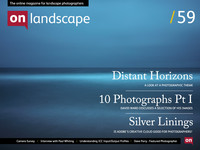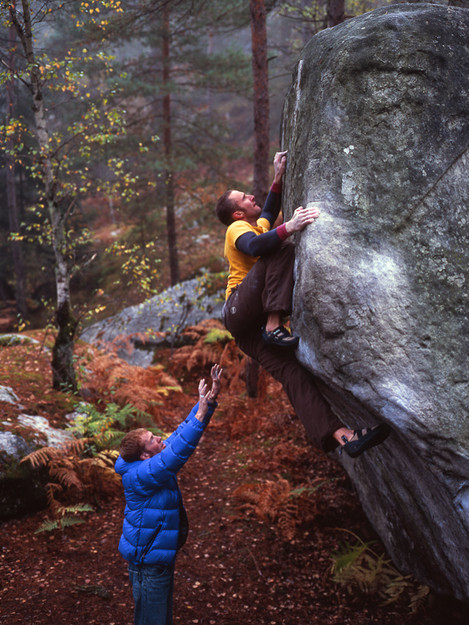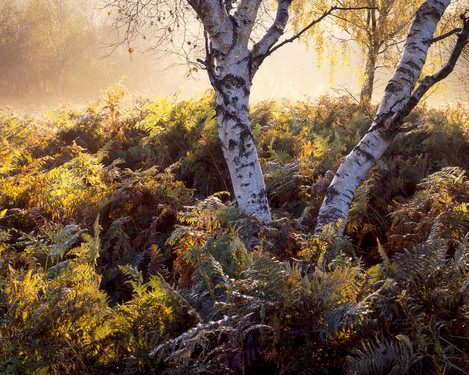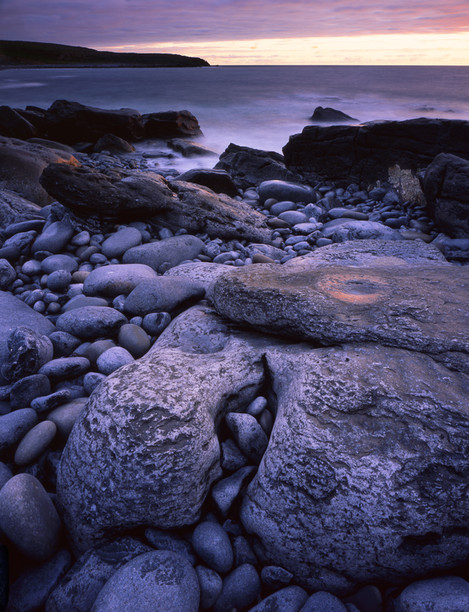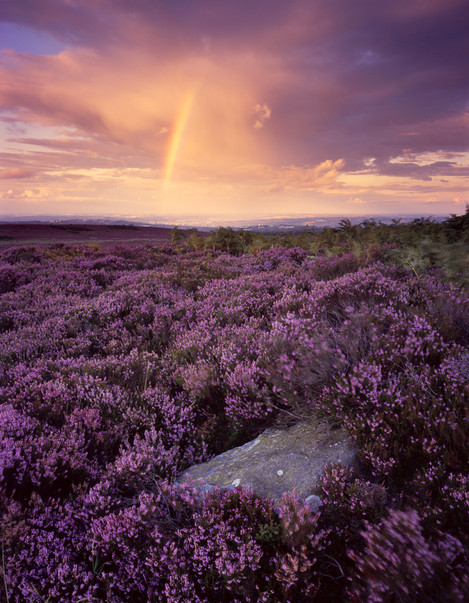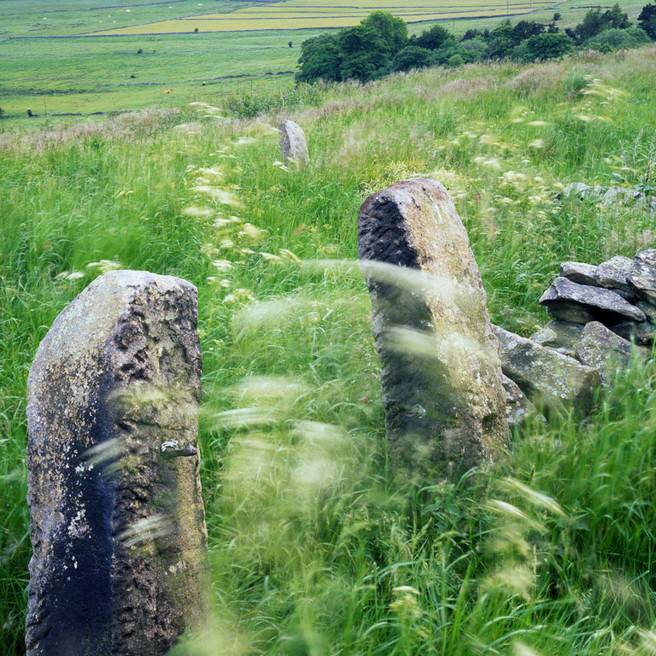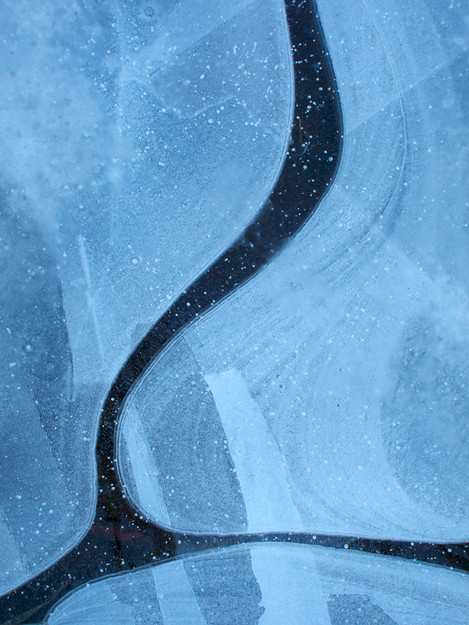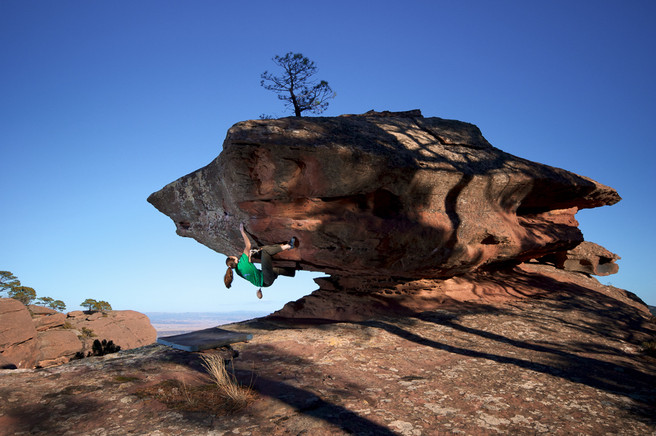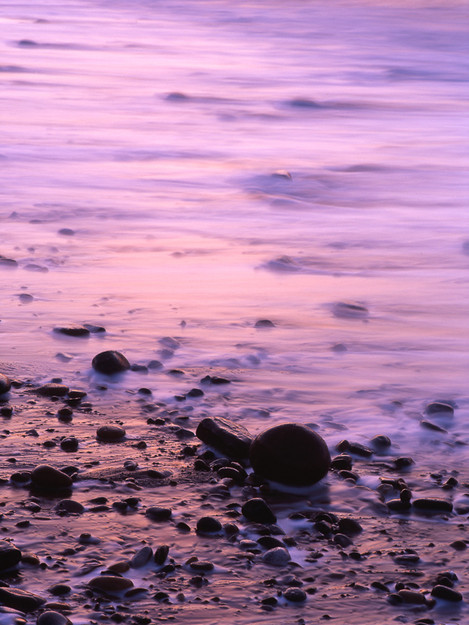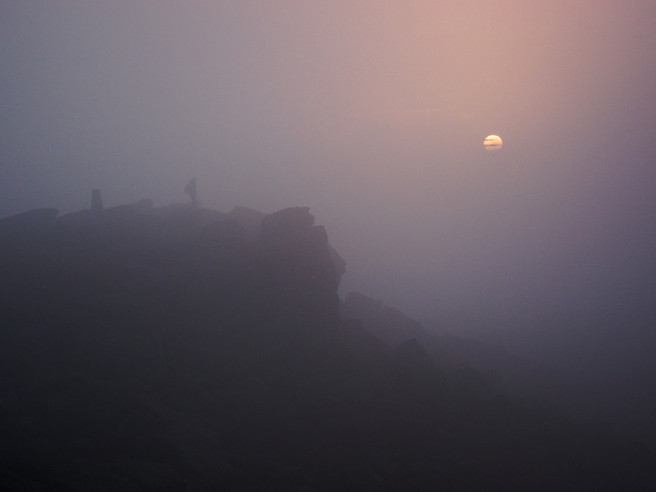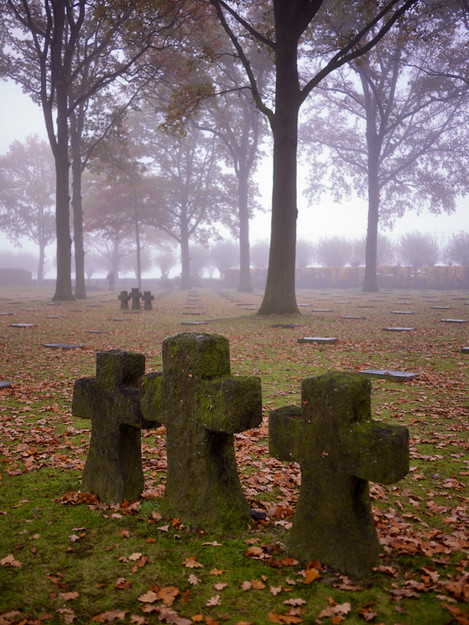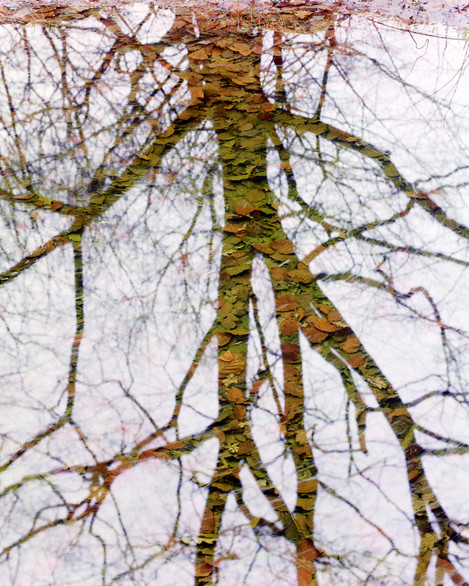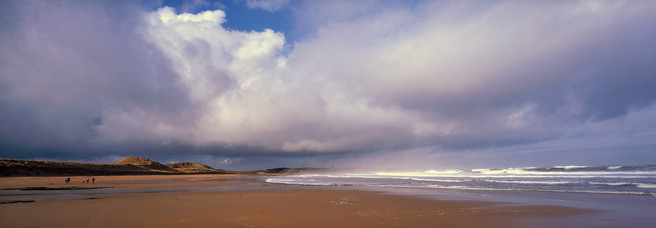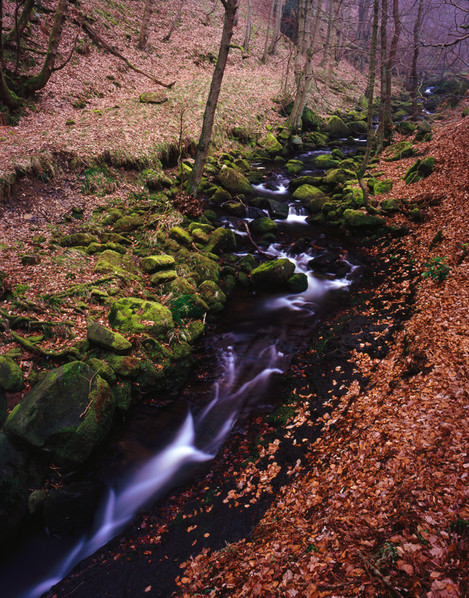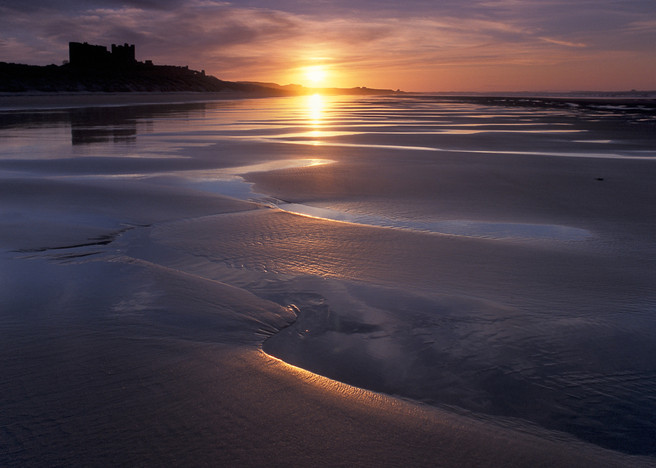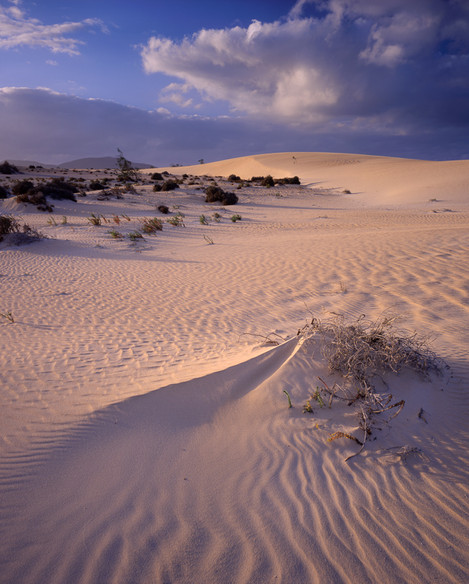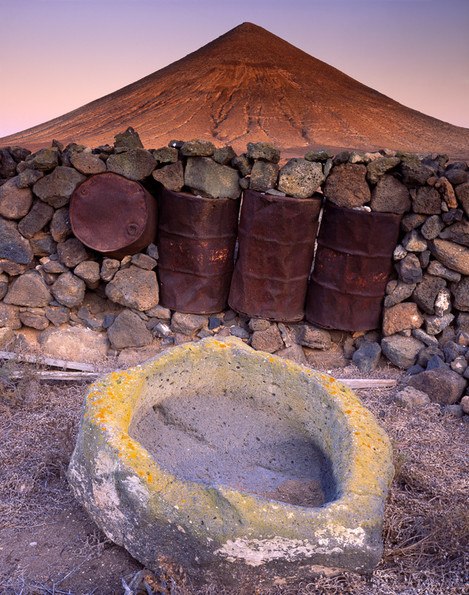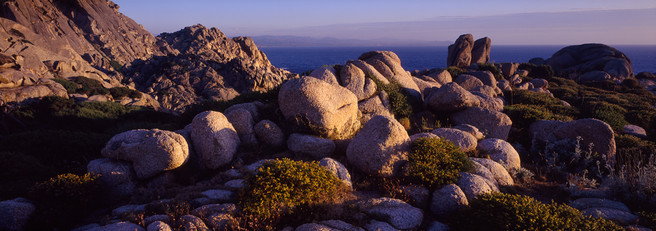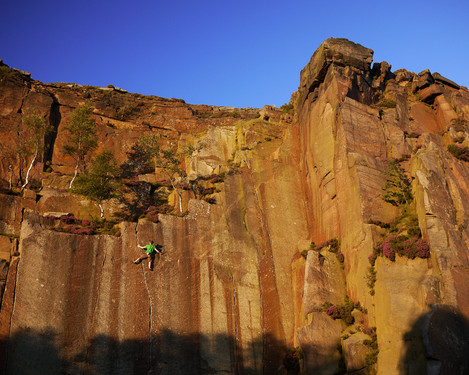Featured Photographer

Tim Parkin
Amateur Photographer who plays with big cameras and film when in between digital photographs.

Dave Parry
Landscape and outdoor photographer, based in Sheffield, UK.
Dave Parry reviewed the Chamonix 045F1 in our last issue and we thought we'd ask him about his own photography and how he occasionally combines his love of climbing and landscape to make great environmental portraits.
Can you tell me a little about your education, childhood passions, early exposure to photography and vocation?
I always did pretty well at school, although I was never really into art I did play a lot of music, I was pretty handy on piano and clarinet although playing both at the same time was a nightmare (joke). My dad always carted his Pentax ME Super around in one of those leather everyready cases and shot a lot of Kodachrome. One of my defining childhood memories is sitting through endless slideshows of family holidays and our frequent jaunts up to the North York Moors to see the trains. I remember loading the slide carousels from those yellow plastic Kodak boxes and there was always a few rolls of film waiting in the fridge. My dad and grandad used to print their own black and white stuff in their bathroom so I suppose I've got a bit of photography in the blood, although I don't think my dad ever considered it as anything more than a documentary record of family events. Incidentally, my sister has also ended being a bit of a photographer too.
One early photo memory I have is seeing a slideshow by a local professional photographer called Barry Payling featuring his landscape work from Scotland shot on (I think) a Hasselblad. It was probably the early 90s so the shots will probably have been on Velvia or whatever Ektachrome people were using prior to that. I remember being blown away by the images and the fact I remember this one event 20 odd years later says something. The images gave me the impression Scotland was some kind of almost mythical realm that I must one day explore. I still feel that way today, as personally I've only scratch the surface of Scotland and I should get up there more.
As a kid, I got into walking and camping through Cubs and Scouts, and this led in my teens to backpacking and scrambling and eventually to rock climbing and mountaineering when I was doing my A-Levels. My love of the outdoors, especially my local Peak District and higher mountains, probably started back then and I still am infected by it. We also used to have family holidays up in Northumberland quite a bit and on the North York Moors, so those places mean a lot to me now.
What are you most proud of in your photography?
Probably when I show an image to my wife Helen and she goes "Hmm yeah I like that" or otherwise indicates approval. With a background in art she's one of few people who's opinion I genuinely value. The worst one is when she goes "ooh, very arty", as I'm still not sure if this is a compliment or an put-down, and to be fair neither does she.
In most photographers lives there are 'epiphanic’ moments where things become clear, or new directions are formed. What were your two main moments and how did they change your photography?
Tough question! I find this hard to nail down because I take my photography as a long organic progression rather than a series of landmark moments. If I had to pick two I could also pick two dozen easily. If pushed I'd say the first time I got a load of Velvia 35mm back from the lab, slapped it on the lightbox and went "wow". I realised what I'd been missing with digital - not only the look of film and the permeance but the fun, the anticipation, the punishing mistakes, the whole process. I was on a slippery slope from there. And each time I stuck a bigger a bigger format on the lightbox didn't help either - 645, 6x7, 5x4", 6x17......
Tell me about why you love landscape photography? A little background on what your first passions were, what you studied and what job you ended up doing
Well after A-Levels I did a Physics degree at Durham Uni and as part of the course we occasionally had to do a bit of photography and I remember clearly taking photos of sunspots though a telescope with an Olympus OM (I found the negs from this recently sandwiched in an old textbook) and developing them ourselves in the darkroom. We also spent a few weeks in the darkroom making holograms of metallic objects onto 5x4" glass plates using a laser. When I hear anyone moaning that their tripod isn't solid these days then I think back to when we made these holograms, as any vibration in the system of the order of even a few hundred nanometres would obliterate the image. A lorry driving down the main road nearby mid-exposure was all it took!
After uni I never had much direction in terms of employment and have mainly worked desk jobs in the exciting field of data management, training, and database administration. I recently made a break from this for my own sanity and the state of my lower back, so I'm currently working as a Physics teacher, which if you believe Mr Gove is obviously one of the easiest jobs in the land. Long holidays and you knock off at 3:30 every day? Yeah right.
I suppose one of the reasons I love landscape photography is because of my experiences as a youth in the landscape, and seeing the beauty of our wild and semi-wild places first hand before every considering myself a photographer. And of course my ongoing experiences inform what I do, especially as a climber I think you build up a connection with certain places due to the emotional investment you've made in them over the years. For me this is strongest at the eastern gritstone crags in the Peak, places like Stanage, Froggatt, Curbar, and the Burbage Valley.
I've spent a hell of a lot of time at these crags over the years and climbing has a knack of taking you through the full gamut of emotions, from elation to frustration, to relief and utter despair. As a result, these places become deeply engrained into you, and yet you can never afford to be complacent or take them for granted. These are the places I feel most alive but by the nature of climbing, they're also the places I'm closest to death. Galen Rowell often wrote about the photographer as an active participant in the landscape rather than just a passive observer, and I think this is my take on that idea. I strongly feel that everything you do and experience has an inescapable impact on your artistic output, and as such I think climbers have a slightly different take on the crag and mountain landscape compared to joe public.
Could you tell us a little about the cameras and lenses you typically take on a trip and how they affect your photography?
My primary camera for landscape work at the moment is the new Chamonix 045F-1 (see review on this site) but I also have an Ebony RSW45 which the Chamonix has replaced, temporarily at least. I'm very much a fan of the classic three lens kit, so with the 045F-1 I am currently carrying a 90mm f/6.8 Grandagon, a 150mm f/5.6 Sinaron-SE (rebadged Rodenstock Sironar-S) and a Fuji 300mm f/8.5. With a kit like this the spacing is fairly generous which I find aids pre-visualisation and composition, as you always know in your head which lens you're going to use for a particular shot before you even get the camera out of the bag, and the gaps are filled by zooming with your feet to an extent. Shooting with the Ebony I would typically use a wider setup and replace the 300mm with a Nikon 65mm f/4.
I also have a few other odd lenses I can throw in instead of one of the above, including a 203mm f7.7 Ektar from the 1950s which is great. I've also got 6x12 and 6x17 backs which come out now and again, although the 6x17 with its additional viewing back requires a total bag reorganisation to take out - in which case I'll often take just take two lenses.
Obviously with the large format approach comes an enforced discipline and slower considered approach, which suits me down to the ground (having said that the Ebony is very quick to set up if you are going out with the intention of catching extremely fleeting light). I've found using a 5x4" camera a real breath of fresh air over the past few years. I love the luxuriously wide 5x4" format proportions, the knobs-and-levers hands on tactility of the interaction with the camera, and the fact everything is totally manual and the responsibility it totally on you to make things work. Its the total embodiment of the idea of "making" a photo rather than "taking" a photo. I'm a bit of a contrarian too so doing something which is not the established highstreet norm has a certain appeal. Also as many before me have said, there's something a bit special about working with an upside down image on the ground glass as far as honing a composition goes. These days the process of photography is often lost in the dash for "amazing" results as fast as possible, whereas I think when you're devoting many many hours to pursuit the journey is as important as the destination, so you've got to work with kit that you enjoy using regardless of whats flavour of the month.
For day to day family/climbing/travel shots, I ditched all my DSLR gear a few years back in favour of a micro 4/3rds kit. I have a Panasonic GF1 with 14mm, 20mm and 45mm lenses. I love the handling of this system and the compromise between size and image quality, and I find the 4:3 aspect ratio greatly preferable to the 3:2 of other systems. Also, m4/3rds prime lenses are fantastic, without having to be designed to work around a reflex mirror. The 20mm, in particular, is stunning. I can fit the camera and three lenses plus a battery, optical viewfinder and a couple of filters in a bag you would struggle to fit the body alone of a DSLR into. The GF1 is fairly old now by digital standards so I should probably think about upgrading to an OMD or EP5 but for the minute it serves my needs very well.
You combine your other passion for climbing with your photography to create something a little original. Can you tell me about this work and where it has led you?
Another tough question. The climbing shots developed (no pun intended) in parallel with the landscape work really. It started by just trying to document good days out on the crags with my mates, and gradually as I progressed as a photographer in general I moved away from purely record shots and more towards going to a crag with a specific shot in mind, pre-visualised - just as you would with a landscape shot. I would always try and be careful with composition with climbing shots but it's harder than landscapes as you often don't have the luxury of time to fine tune things, you have to shoot instinctively a little more. But when I look back at my favourite climbing shots the landscape still plays a big part in them.
One nice aspect of climbing photography is its fairly easy to see your work in print, partially due to the documentary nature of it. I've had shots published in a few of the UK climbing magazines over the years of vaguely newsworthy ascents (although not since fatherhood as I don't get out as often) and I also try and support local volunteer guidebook work by the British Mountaineering Council and other grassroots publishers. Guidebooks play a big part in British climbing culture; some of my guides from when I started climbing are almost sacred objects, I would spend hours reading and digesting them as a youth, so its great to put something back into the current generation of guidebooks and carry on a great tradition. The current Peak District Bouldering guidebook has a shot of mine on the front cover, which was, of course, a great honour, and a great ego boost!
What sort of post processing do you undertake on your pictures? Give me an idea of your workflow.
I try and do as little as I can get away with really. I have got it down to a fairly streamlined workflow - I scan film images using Vuescan which either inverts it (negatives) or applies a colour profile then outputs as a TIFF. Then they go into Aperture along with all my digital stuff. From there on its a case of the usual dust spotting, cropping, levels/curves, vibrance, and capture sharpening. Most of what I shoot is slide film which contrary to popular wisdom I find a piece of cake to scan assuming I've got the exposure right in the first place.
After than I do allow myself do a few local adjustments such as dodging and burning, which is something that Aperture does particularly well. I will also sometimes add a very slight bit of falloff at the edges if I think its required. I try and be careful with this though as it can become a stylistic crutch that I have the odd high profile photographer lean on rather too heavily. If I add falloff, like any adjustment, I want it to be almost invisible, to be transparent, just enough to do the job of centering attention where you want it.
One thing I have a pretty clear line on is what is and isn't acceptable in terms of post production. Basically I believe you shouldn't be doing anything to an image that you wouldn't be happy to fully disclose to a viewer or customer. Regardless of an individual photographer's intention I think photography, particularly colour photography, has an inherently and unspoken documentary aspect (compared to painting or sculpture) that should never be betrayed. To that end I don't entertain doing things like swapping skies in from other shots, removing key objects from shot, stretching a mountain in the distance or making a foreground rock bigger, or adding a moon to a sky or anything like that. I want the viewer of my images to be sure that if they took their eye to the spot I had my camera, at the same time I shot the image, that they would see structurally basically the same thing as I would have in the image. I take things like unintended powerlines or parked cars in shot as a failure on my part to see that at the time of shooting, something to improve on in future, not something to "fix" in post.
Do you get many of your pictures printed and, if at all, where/how do you get them printed?
I should print more than I do really, I blame the lack of wall space in our house! I don't own a printer myself (don't have the room) so I get all my printing done my BPD Photech in Cheshire. I've had normal prints for myself done there and also the odd piece for customers, they once did me a big print laminated onto foam core board for a fellow climber from a scanned 645 slide which looked great as there was no glass in the way of the viewer. I like the idea of having photos which although printed digitally (light jet etc) are still processed on photographic paper. This is old technology and we know it lasts.
I also own a cibachrome print of an older 645 slide done by BPD before they pulled that service, I'm glad I managed to get one of those done before cibachrome went down the pan, its certainly a unique medium. What I am doing increasingly these days is using our iPad as my primary means to view my images away from the computer. I hadn't anticipated this benefit when we bought it, but it is a great viewing experience. Its like holding a wholeplate contact print or something like that. Apple really need to bring out a 11x14" version......
Tell me about the photographers that inspire you most. What books stimulated your interest in photography and who drove you forward, directly or indirectly, as you developed?
Predictably I'm going to say in my early days I was inspired by Galen Rowell, particularly the book Mountain Light, and also Joe Cornish with his book First Light. Galen's book was one of the first books I read upon buying a decent camera (in my case a Nikon D70) and made a big impression on me in terms of pursuit of the light, knowing the limitations of your gear, and being an active participant in the landscape. I subsequently read a lot more of Galen's work and really enjoyed it all as he was a great writer as well as a superb photographer. Thinking about it, it was probably my naive attempt to emulate Galen's approach that led me to buy a second hand Nikon FE and try Velvia and set me onto the path of analogue photography a leading ultimately to large format.
First Light was also one of the earliest books I bought and I distinctly remember being bowled over by the attention to detail that was evident in Joe's compositions. At the time I was very much of the opinion that "good" light meant wildly uplit clouds, whereas here I found images by Joe which were superb and yet taken in what I considered "bad" light. The strength of the composition carried them along with the choice of subject to match the lighting conditions. This had a big impact upon me and from then on I tried to be careful and deliberate in composition as I could, and I think from this point I secretly wanted to shoot large format although at the time I convinced myself the film costs were too high and shot 645 instead (ironic given the current cost of Velvia 5x4" is about four times what it was back then).
Off the strength of that book and seeing Joe's work in his Northallerton gallery I went to see him give a talk/slideshow, in Barnsley of all places. It was 2009 just after my fist son had been born. I went with a couple of mates, John Coefield and Adam Long, and we left the building that night totally buzzing. Joe's enthusiasm for photography was genuine and infectious, so much so that I gave in and bought the 5x4" camera that I'd been eyeballing for several months prior. Thanks Joe, although it should be noted my bank balance doesn't thank you.
As for other influences, I reckon you can lay blame for aspects of my work at the door of any of the following photographers: Gordon Stainforth, David Ward, Colin Prior, Dave Butcher, John Coefield, and John Beatty.
Tell me what your favourite two or three photographs are and a little bit about them.
I find it really hard to choose favourites if you asked me next week I'd probably pick three different ones, but here goes.
Embleton Bay
I've always liked this one for the stormy sky and the breaking waves - not something that's easy to capture with a large format camera, especially not when working with a 6x17 back. Its not the sharpest shot I've ever taken due to the wind but its good enough. I was fortunate to get the shot done while there were a few figures on the beach for a sense of scale - normally I'd wait for people to walk out of a landscape composition but here it felt right to let them remain.
Misty Gorge
This was shot an evening after work, I nipped out but the light didn't give me much hope so I parked in Grindleford and wandered up Padley. I suppose this was one of those shots that convinced me you don't need "good" light to make a decent image. By the time I found a composition I was happy with it was getting really dark, so this was shot on Velvia 100 and pushed a shop or so, and even then it was a very long exposure. I don't keep notes but was easily a few minutes. Annoyingly on a rock on the far bank there was a single rotting flipflop that had long since been abandoned by its owner. In fading light I didn't have time to cross the river by the bridge way upstream and move it, and I couldn't compose it out of shot, so I took the rare step of accepting it and removing it in post - not something I do very often but in this case it seemed the right choice.
Bamburgh Reflections
This was an early image of mine, shot on 35mm Kodak EBX with my Nikon FE and a 24mm lens (trying to be like Galen there), probably the last day out with it before moving up to 645. After a great day climbing with my mates Kim and John we were knackered and nearly didn't bother getting out of the car that evening as the clouds didn't look promising. I'm glad we did though, the light was incredible, and I have a series of shots after this on the same roll with wild colour but all with much weaker composition. This was of course shot at 3:2 aspect ratio but since moving to large format I couldn't live with the perspective distortion on the castle so corrected it in post and this necessitated a crop of some sort, so a 4:5 aspect ratio seemed the natural choice.
Without the benefit of spot metering I just went with the camera's centre-weighted metering for this, I don't think I even bracketed, and it came out pretty much spot on - although I do remember blocking out the sun with my finger while metering. I did use a grad here too and I was lucky to not get any flare from it. Another triumph for film here, as that bright sun in shot would have looked garbage on digital, especially on the D70 I was shooting at the time.
If you were told you couldn’t do anything photography related for a week, what would you end up doing (i.e. Do you have a hobby other than photography..)
Am I still at work during this week or have you awarded me this free week during school holidays Tim? If so its an easy one - I'd probably take the whole family down to the forest of Fontainebleau just south east of Paris. Fantastic world-class climbing in an idyllic setting, plenty of places for the kids to explore. Pain au chocolat, croissants, chausson aux pommes, and those crates of beer that are 25 for a fiver.
You had a trip to Fuerteventura recently - not your typical landscape photography location. Why did you choose there and what did you think of the location.
That place came as a bit of a pleasant surprise to me, to be honest. We needed a cheapish family holiday during February half term, somewhere warm and Helen insisted on a beach. I must admit I had the picture in my head of the Canary Islands being all overdeveloped, Club 18-30, British pubs and chicken & chips etc. To an extent in the main resorts that's still true, but since hardly any Brits leave the resorts the rest of the place is pretty quiet. Being an entirely volcanic landscape it's pretty different to what we're used to in the UK and offers a lot to the visiting photographer, as long as you hire a car and get out of the fleshpots. And of course, the weather is pretty stable year round - bonus. OK, you've not got icebergs washing up on black beaches or aurora borealis every night but beggars can't be choosers.
The west coast up on the north end of the island is a huge surfing area so you've got some pretty rugged coast there with largely empty beaches, the odd lighthouse and a few nice villages to nip into a surfers cafe for lunch. The middle of the island is a kind of parched volcanic rocky mountain area with plenty of abandoned buildings and the other thing the place is famous for - windmills (Fuerteventura is Latin for "f*****g windy"). On the east coast 5 minutes from where we stayed there's a huge sand dune system right by the road. Once you get further than 100yrds from the road the tourist footprints disappear and you're on your own in a full-on sandy desert - just don't put your camera bag on the floor or it'll fill up with windblown sand in under a minute. I'd anticipated this and had brought one of those Lowepro bags you can access while you're wearing it or hang it from the tripod, which worked pretty well. What I'd not foreseen however was how much the tripod would sink into the sand, so I had to fashion a set of sand-shoes for the Gitzo out of the tops cut off water bottles.
So yeah I definitely think Fuerteventura has a fair bit of untapped photography potential, as I'm sure do the rest of the Canaries.
What sorts of things do you think might challenge you in the future or do you have any photographs or styles that you want to investigate? Where do you see your photography going in terms of subject and style?
I do have a few ideas for projects. Up until now I've always been the kind of 'just plodding onwards' photographer without any defined goals so maybe the odd project or two would be good for me, or at least it'd be a change. One thing that I'm interested in is the possibility of combining large format work with climbing photography in the Peak. These days, of course, every man and his dog at the crag has a DSLR with a zoom, so climbing photography of late has in some circles become very much a stick-an-ultra-wide-lens-in-your-face affair, with often gratuitous use of off-camera flash for its own sake (I blame the excellent Strobist blog!), often very much about the person climbing and their achievements as much as the rock or the landscape. I'd like to take a step in the opposite direction and bring the landscape of the crag back in as the main player. Its the beauty of the crags of the eastern Peak District that are my primary drive in climbing so I fancy slowing it right down and making a series of images on 5x4" black&white film where the climber is just embellishment, to try and let the textures and shapes of the crag environment shine as the star of the show. Obviously shooting what is essentially bordering on action photography tripod mounted with a view camera may present a few practical challenges but I'm sure they're surmountable. If I haven't started by this time next year someone gives me a nudge.
Other than that I'd like to spend more time high in the mountains of Snowdonia, the Lakes and Scotland and make some large format images. The upcoming ultralight Travelwide cameras from the states may play a part in this, I reckon with a light tripod and a few darkslides (or a 6x12 back) this thing could be just the ticket for a super-light mountain kit. You could probably get that lot plus a sleeping bag and bivi gear in moderately sized bag without it getting stupidly heavy and cumbersome.
Who do you think we should feature as our next photographer?
Lets go for Adam Long, he's pretty handy with that Linhof of his.
Thanks to Dave for the answers and images - if you want to see more of Dave's work you can visit his website www.daveparryphotography.co.uk or his twitter feed twitter.com/TheDaveParry or 500px.com/daveparry.

